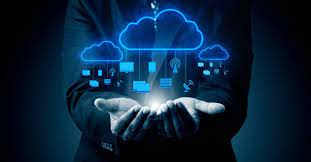Detection and Forecasting models are the most commonly used applications of AI and Analytics in the current year. Detection, Forecasting, and Prediction all sound similar in what they do. Let us look at the nuances a bit and understand the commonalities and the differences.
Detection is obviously the easiest to understand and is quite different from the other two, but one will be easily forgiven for assuming that forecasting and predicting are the same. In actuality they are different. But let’s take it from the top.
Detecting Model
This model is designed to help businesses find problems and issues with their operations as they arise. The key here is that it is detected after the fault has occurred. The effectiveness of a detection model is on the speed at which information about the issue reaches the relevant officials in the company. It can be used to find customer satisfaction levels, detect quality decline, and allow a company to react quickly.
Forecasting Model
Here we make use of past data going back years and try to understand specific patterns in order to come up with a good idea of what to expect in upcoming years. In the case of specific products, it depends on past sales, including seasonal data. It is not actually a prediction, even though it is, this model is a lot more objective and factual than the predictive analytics. A major use case is when it is used to find out what amount of inventory should be manufactured and stored in order to prepare for a new season. Forecasting Analytics have been used to predict the weather for a long time now.
Predictive Analysis
In the case of Predictive Analytics, the applications actually include but are not limited to those mentioned in forecasting and detecting as we need both but here there is a lot more guesswork involved. Instead of relying on simple past or current data, we use both and process it in a variety of different ways. This is where AI comes into the picture as machines are able to draw parallels and conclusions at a much faster rate and produce a lot more options. Not all of these options are good but that is the main focus in AI research, to increase the quality of the algorithms and in turn, increase the quality of the insights that it presents.
In practical terms, businesses need to employ an overall model capable of both Forecasting and Detection, while providing valid insights, the companies that succeed at this gain a significant competitive advantage.

